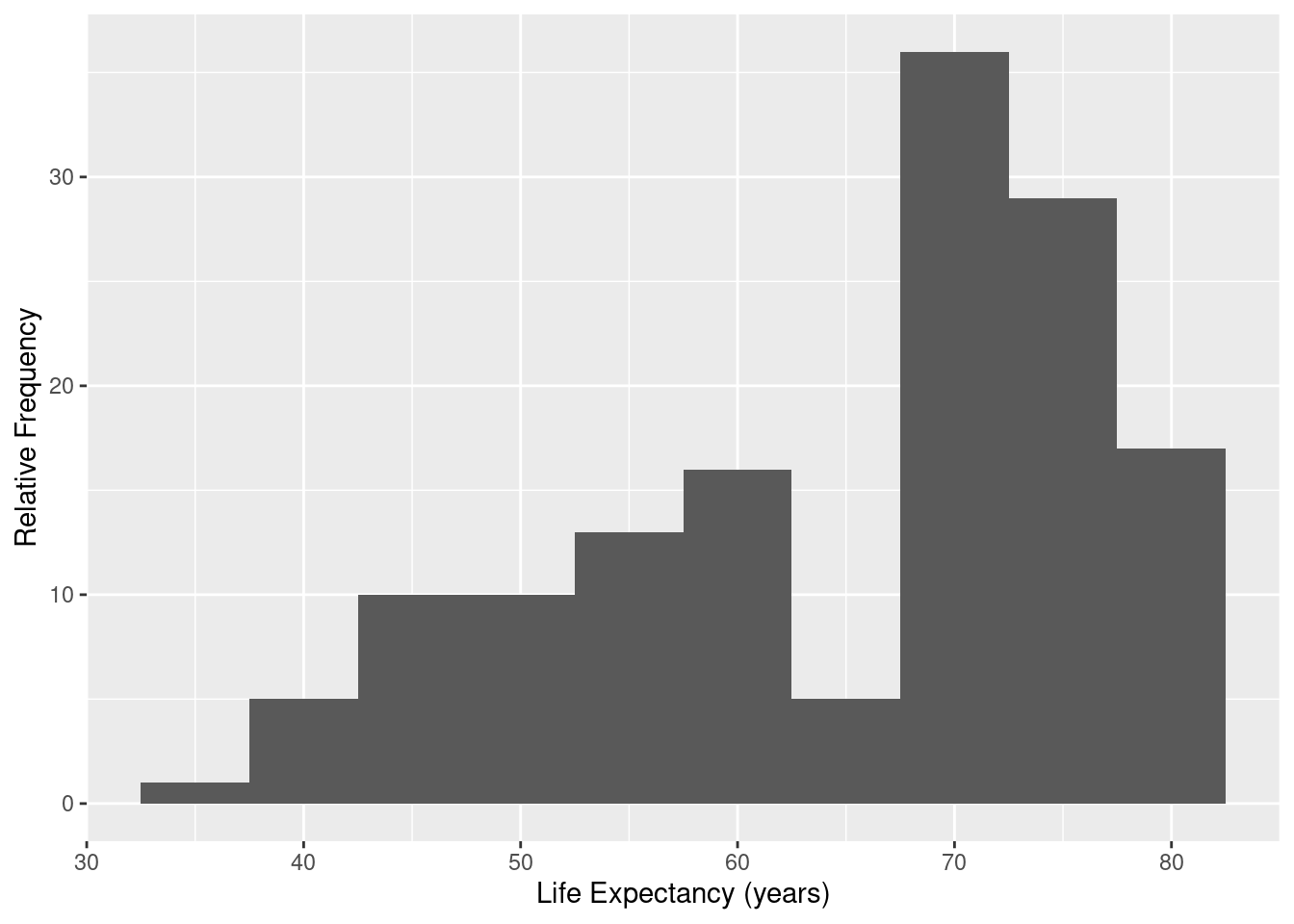
183 5.2 Special functions: scipy.special. ĥ Scipy : high-level scientific computing 182 5.1 File input/output: scipy.io. 4.4 Other Types of Plots: examples and exercises 4.5 Beyond this tutorial. 2.9 Object-oriented programming (OOP)ģ NumPy: creating and manipulating numerical data 3.1 The NumPy array object. 1.4 The workflow: interactive environments and text editorsĢ The Python language 2.1 First steps. 1.3 Before starting: Installing a working environment. I Getting started with Python for scienceġ Python scientific computing ecosystem 1.1 Why Python?. Zbigniew Jędrzejewski-Szmek Valentin Haenel.This case was a part of my real life project Gemval ( online gemstone appraisal service based on a machine learning algorithm.Edited by Gaël Varoquaux Emmanuelle Gouillart Olaf Vahtras Pierre de Buyl Watch out for quick solutions that lead to increasing dimensionality.Choose the appropriate color model and convert your color data before feeding the algorithm.Beware of limitations of numeric representation of polar coordinate system for a machine learning system.These are the conclusions that I have made from this case: hls_to_rgb (h, l, s) which converts a color from HLS coordinates to RGB coordinates. This module defines the function colorsys. This can be achieved very easily using colorsys module in Python. The final bit is to convert our colors from HSL color model to RGB before passing the color information to the algorithm. And what is very important, we have avoided increasing dimensionality of our model, because we still describe color by just three parameters. Vuala! Our algorithm will understand that these two colors are close to each other and it can do its work properly now.

If we write down coordinates (r,g,b) for color “Red” (Hue = 1) and color “slightly purplish Red” (Hue = 31) in the example above we will see that the r g b values for these two colors will be very close. In RGB we address a color by three numbers corresponding to coordinates on the three axes in the RGB 3D color space. There are several color models that are based on the Cartesian coordinate system, and RGB is one of them. So, how do we map Hue values from the Hue wheel to a numerical representation that will not lose important information about proximity of colors?Īt the first sight, one of possible workarounds that can be applied here is to define Hue value with two parameters that can be calculated as Sin and Cos functions. This kind of color misrepresentation for the algorithm is critical for the overall success and must be avoided. So, these two colors that are very close to each other in reality will look as completely different to the machine learning algorithm. But to pass Hue parameter to an algorithm for further analysis we need to represent it numerically.Īnd here comes the devil - if you simply map hue names to numbers from 1 to 31 (you might also think about mapping hue to an angle value from 0 to 360 for your particular task) you’re losing very important information about actual proximity of colors that are in the very beginning and in the very end of the numeric scale.įor example, if we start from “Red” color being mapped to 1, we end with the color called slpR - “slightly purplish Red” being mapped to 31. It is a nice visual representation of color for gemstone professionals and it is very practical in their everyday tasks.

The standard GIA Hue color wheel consists of 31 hue names that describe colored gemstones. The problem appears when you start working with Hue. It can be mapped to a numeric scale too (1 to 8, larger numbers corresponding to more vivid saturations).

The same applies to Saturation which ranges from weaker saturations to vivid. The Tone defines a gemstone darkness or lightness and can be easily represented numerically (GIA suggests a scale of integer numbers from 2 to 8, larger numbers corresponding to darker tones). It describes each color by three parameters - Hue, Tone, Saturation. One of the challenges was color.Ĭolor is an extremely important characteristic of a gemstone because it has a significant influence on the value and getting the color parameter into the system properly is of paramount importance.Ī widely used model used for describing color of a gemstone is the one suggested by GIA (Gemological Institute of America®). I came across several challenges when preparing data for my project where I was developing a machine learning algorithm to predict prices of colored gemstones based on the parameters that affect their value. Color parameters for a machine learning algorithm When it comes to machine learning, you cannot underestimate the importance of data engineering.


 0 kommentar(er)
0 kommentar(er)
